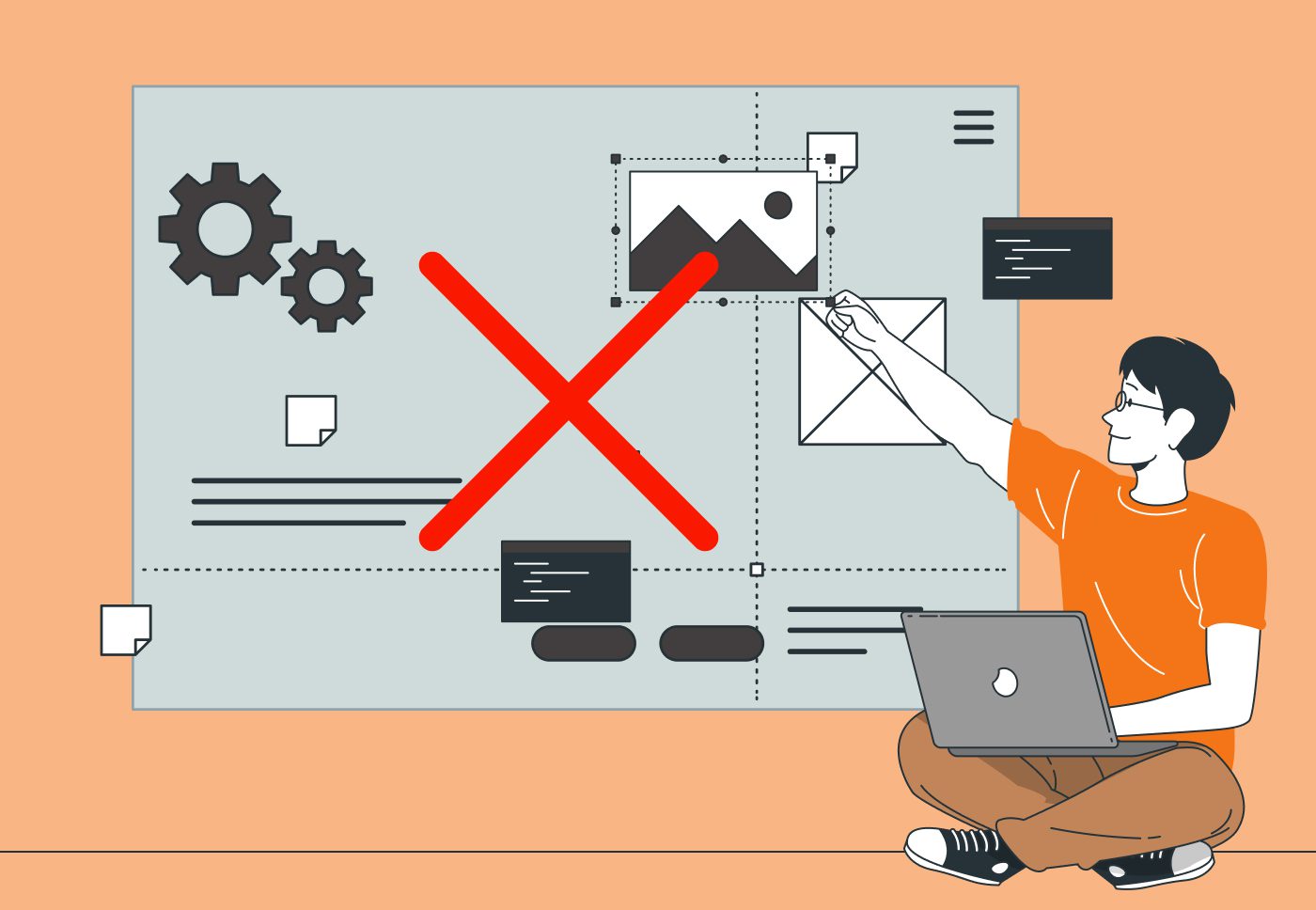It all started with my paternal grandfather’s Rangoon Rosewood cupboard. My grandfather was a one-legged big man with a distinct taste. He was born in 1904. A great fan of George Bernard Shaw and Shakespeare, he used to live in a large house at Kottayur (A small village in south India) with the river Cauvery happily flowing behind his house. He was a business man during the British rule and the river was made to flow through his house. There was a small lovely bridge in red brick for the kids to cross from one side to another.
Once, he made a bet with his friends to jump a small canal and while jumping he broke his leg and didn’t bother to take medical treatment and as it got worse he had to amputate his left leg.

He had 7 kids, and I am sure he got hungry at odd hours, otherwise why would he hide bananas in a rosewood cupboard! Indeed, it was that smell of fruits mingled with wood that stayed with me long after he was gone.
When the cupboard came to us in the 70s, we were a family of five who shared it among us. Yes, we didn’t have much stuff in those days, but whatever we had, we cherished it with a lot of care. When you have less, it is MORE. And it was not the stuff we kept, but the way we kept it that left an imprint on me.
There were 3 shelves in the cupboard. In the half of the top most shelf, we kept important household articles away from the reach of nosy youngsters, and the rest of the half, had my dad’s clothes. My brother and I kept our clothes in the second shelf, and the last shelf was for my sister. She got the entire third row because she had the privilege of being the eldest and girls always need more space, for things they have and those that keep coming.

Not the actual cupboard
The cupboard shelves had no vertical dividers, we kept things based on imaginary lines of segregation. On the Right Hand Side of the cupboard, my brother kept his stuff and on the Left Hand Side, I kept my clothes. In the beginning, I had no problem with this arrangement but over a period of time, I saw a pattern emerge. By the end of the week, the neatly kept things would become a heap of mess as we started using it every day.
Every weekend, we cleaned and rearranged it but by the end of the week, it was the same old story again. The heap of clothes would end up in one big pile of predictable mess! The shirts, shorts (We didn’t wear pants at that time), banians and handkerchiefs all got mixed up. This didn’t bother my brother or sister much, but I couldn’t take the mess, so I tried all kinds of ways to fix the problem.
My father was a fun man who lived his life in the moment without thinking of tomorrow. Hence, mess or no mess was all the same for him. My mother was the opposite of my father, she taught me how to fold clothes and keep it clean. She kept all her clothes in a steel bero, she had silk sarees folded neatly and every time she opened (I couldn’t open because it was always locked and she had the keys) her bero it used to smell of flower dust. She kept all her clothes spick and span, even to this date at 80 years she folds her sarees perfectly. I rarely see women who can wear a saree with pleats folded with precision.

Messiness bothers me, and I need to fix it. At first, I tried by folding my clothes in a certain way and then balancing it, so it won’t fall on the other side. But soon, I realized it was not the waywe kept things, but the way we pulled out things that created most of the mess! That was when the need for a modular Design hit me, how I wish I knew my inspiration Dieter Rams then!
We needed separate sections to keep our shirts, pants, handkerchiefs and other stuff, else the little things would get stuck underneath the pants, and while pulling one thing, many others would come along with it! Thus, I learnt my first lesson in the Design of organizing things, to categorize.
I also figured Design is not just about keeping things but how we remove. In software product design, the most difficult decision is not to create a new feature but to remove the excess. The world is full of messy and clunky software products that require a complete refresh.
When the software industry was created most of the software products were designed by engineers. Microsoft and SAP are great examples of badly Designed software, surely, they helped people then but when I ask the millennials they say why can’t this software be simple to use.

I soon learnt that removing one feature requires 10 times the acceptance than adding a new feature. Indeed, removing the unwanted is the most important part of my Design learning. Thus, every problem I fixed, small or big became a part of me forever, a continuous learning that I keep applying to new problems and situations.
And then it was time for my brother to go away for his college education from my town. So, I got to keep all his cupboard space for myself! I was happy for the extra room it gave me, but it also created a void within me. I missed his energy and no amount of organizing or stuffing could fill in that empty space. The Right Hand Side of the cupboard would always remind me of him whenever I used his space in the cupboard. Like, whenever I see an antique wooden cupboard, it reminds me of the fruits my grandfather kept in it. That was when I realized the next lesson that there is more to Design than just utility or even aesthetics, it comes attached with human empathy: you need to understand the human connect of not just why you are Designing and for who, but also how it impacts.
Sure, as Simon Sinek says, if you know why you are Designing, the how and what will eventually flow. That is, if we understand the philosophy behind the Design, then it is easy to create the happy experience. True Design is all about simplicity without losing its integrity. You cannot keep stuffing or adding features and lose track of why you are creating a product in the first place.
My next learning was the realization that creation is cyclical: that once you have created something, it is time to start using it yourself and observe how people are using so that you know the things that are good and those that can be better. Everything is connected to something or the other and you can always recycle, reuse and recreate an idea in order to fix a problem. If it is something you are not in love with, you could always think of creating something totally different based on the new experience.
Clients often come to me saying, “The design you guys are going to create must stay for the next five years” I smile at them because with this thought they have buried their vision. If the vision is to organize the world’s information, you need to continuously evaluate the Design at every stage. This is especially true for software products because 5 years is a hell a lot of time! Entire world would have shifted, you need to be nimble and humble to accept change or be prepared to go the dinosaur way.

Also, as we evolve, we learn to shed things that we have accumulated over a period of time. Some of us are fortunate to have many things and instead of hoarding it, we can always pass it on to the less fortunate. So, when my grandfather passed on his rosewood cupboard I was very grateful. After all, it is through that experience I learnt what organizing is all about. Truly, it is through organizing things that I found my place in life, not by blindly stuffing things into it.
If only we seek to search, there is a Design solution for every problem in the world. It is through understanding, arranging, iterating, balancing, reviewing, improvising, and most importantly by REMOVING the unwanted, that I came to value the importance of Design in life.
My Design learning came from real life situations, observing people’s behavior, having commitment, discipline and consistency in solving the problem. They were not acquired by writing exams or by studying in some fancy design school. I am a self-taught Designer, I strongly believe that Designers can’t be produced by the schools rather they kill your creativity and box you like anyone else. That is why most of the Designs in the world have no empathy and don’t create happy experiences.
My learning is much like the Rarámuri tribe who do long distance running up to 200 miles (320 km) in one session, over a period of two days without preparing, but by living, breathing and applying knowledge in their everyday life. Indeed, it is living through everyday beautiful experiences shaped by people, environment and products that we learn to make room for ourselves and for others, such is the Design of life. The more we make room for life, the more energy flows into it and the more fruitful it becomes.

I wonder if that is the reason my grandfather kept fruits in his cupboard and very little else! He had stripped away all his possessions one by one, keeping only the bare minimum required for survival. He had lived a full life and had now emptied out all the unnecessary, preserving only what was most essential for survival. He was living a simple life and was ready to go the way he had come, empty handed but leaving behind happy memories accentuated with deeds of generosity. This, I learnt from him, that the simple Design of life is to experience it in its pristine simplicity.





An interesting way to look at how everyday things can inspire and spark creativity.
An interesting read! How creatively the routine activities can help us to identify and learn new lessons in life!
Nice story to explain the nitty gritty’s of design and making people understand how small things matter and how important it is to tell the audience ‘What’s in it for them’.